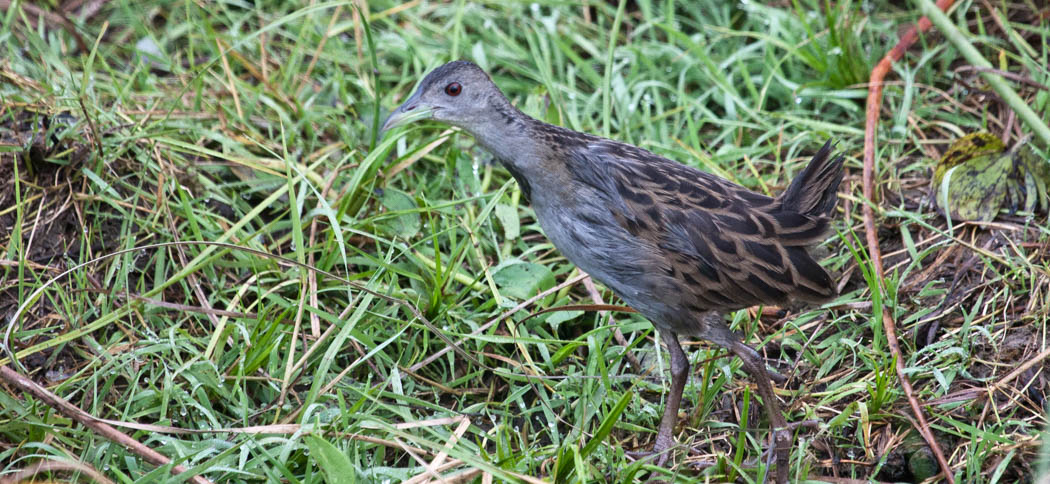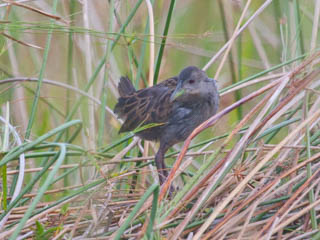
Strange Tails
We're delighted to have a strong population of strange-tailed tyrants at the reserve. So much so that we've adopted these beautiful and endangered birds as the symbol of the Trust
The growing diversity of the animals of Reserva Don Luis is a fresh source of delight every time we return. We don't play favourites, but it's impossible not to engage more with some of our more conspicuous guests. One of these is the strange-tailed tyrant. The male is stoic in his tolerance of one of nature's strangest - and it would seem least practical - adaptations. He's willing to suffer to be beautiful, and somehow manages to fly with tail feathers that were surely designed for a bird three times his size.
We love his perseverance; his resolution to succeed against challenge, and his ability to prove that anything is possible. He's appearing in growing numbers on the Reserva Do Luis, and his success has become an allegory for, and a symbol of, our own.
When we started the process of updating and redesigning our website, we wanted to adopt an image that symbolised our aims and our challenges. This brave little flycatcher, with his indomitable character, was the perfect choice.
The logo is a stylised profile of a male tyrant, silhouetted against the sunrise. We coloured the sun the blue of the Argentinian flag in honour of this country's beauty, its climate and the breathtaking span of magnificent animals that it nurtures.

Bat Research
Our bat team is conducting bat research both in the Ibera Marshes and in other provinces. We are especially concentrating on Misiones at the moment where we find the largest bat in Argentina, Chrotopterus auriitus and Myotis ruber, two species that we are researching.

Ash-throated Crake
Porzana albicollis
We have many Ash-throated Crake at Reserva Don Luis. We can hear them calling, especially in the early evening, with their distinctive, loud & repetitive brilling call. They are difficult to see but we often observe them flying short distances in the reed beds as our habitat is so suited to these birds.
They have a dark grey appearance with dark brown wings, feathers edged golden brown. They have a mainly grey bill with distinctive aqua green near the base (upper and lower mandible) and a reddish /chestnut eye. Throat and breast are a slightly paler grey.
It has a short black upward facing tail which it continually flicks and long grey legs with typical large crake feet. The black & white barring on the flanks and undertail coverts is often obscured by the wings.
Length appx. 20cm


